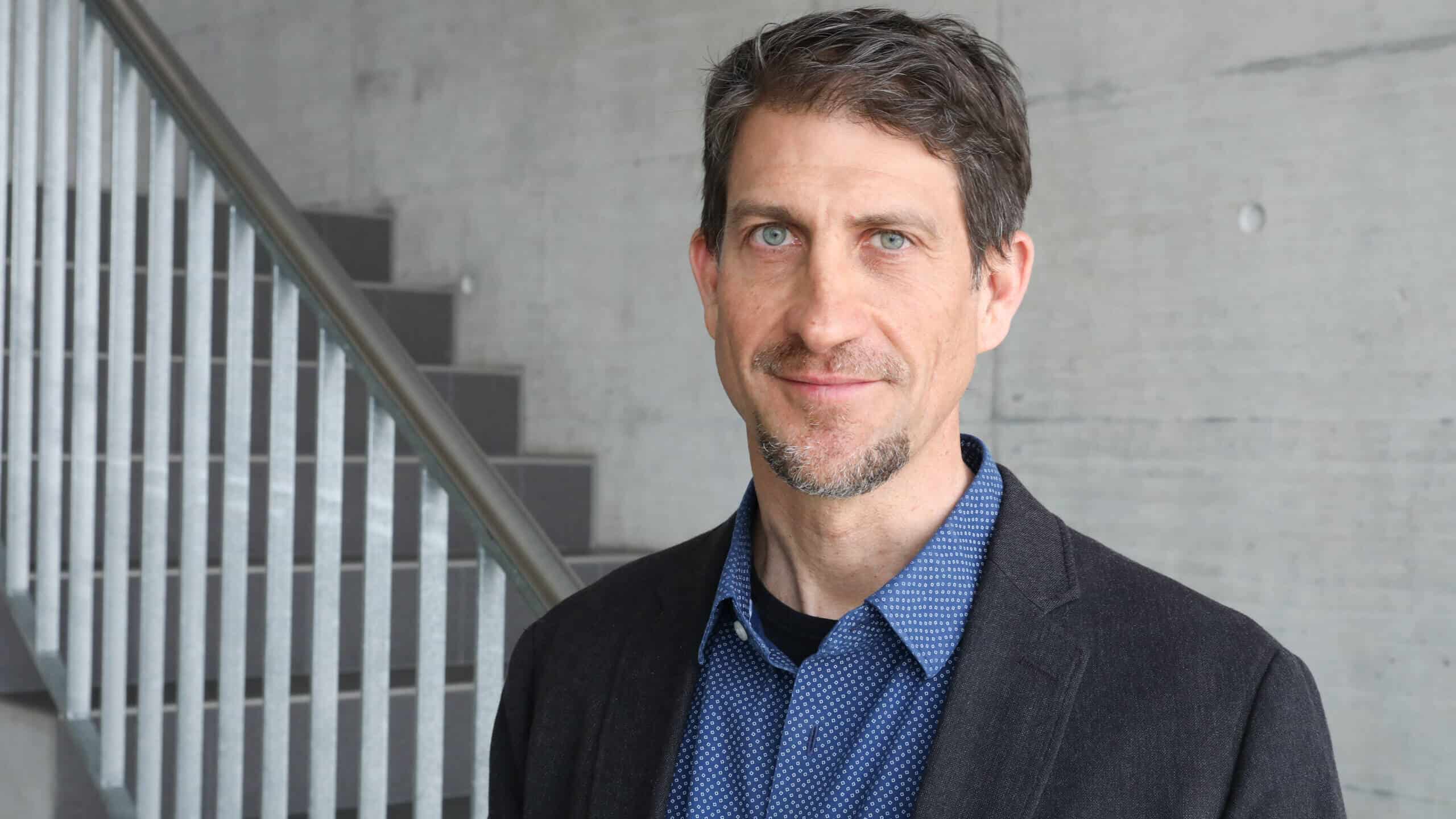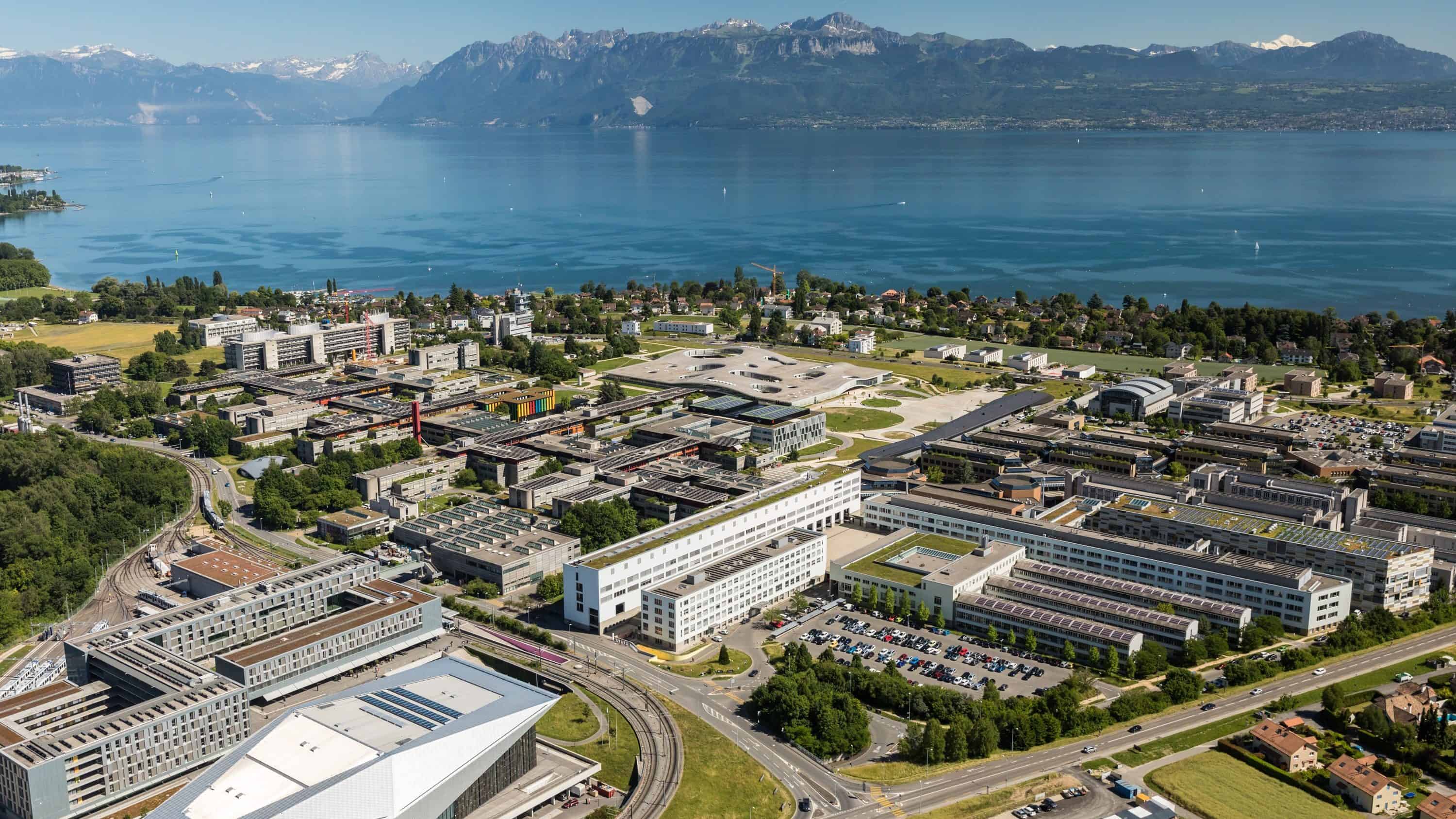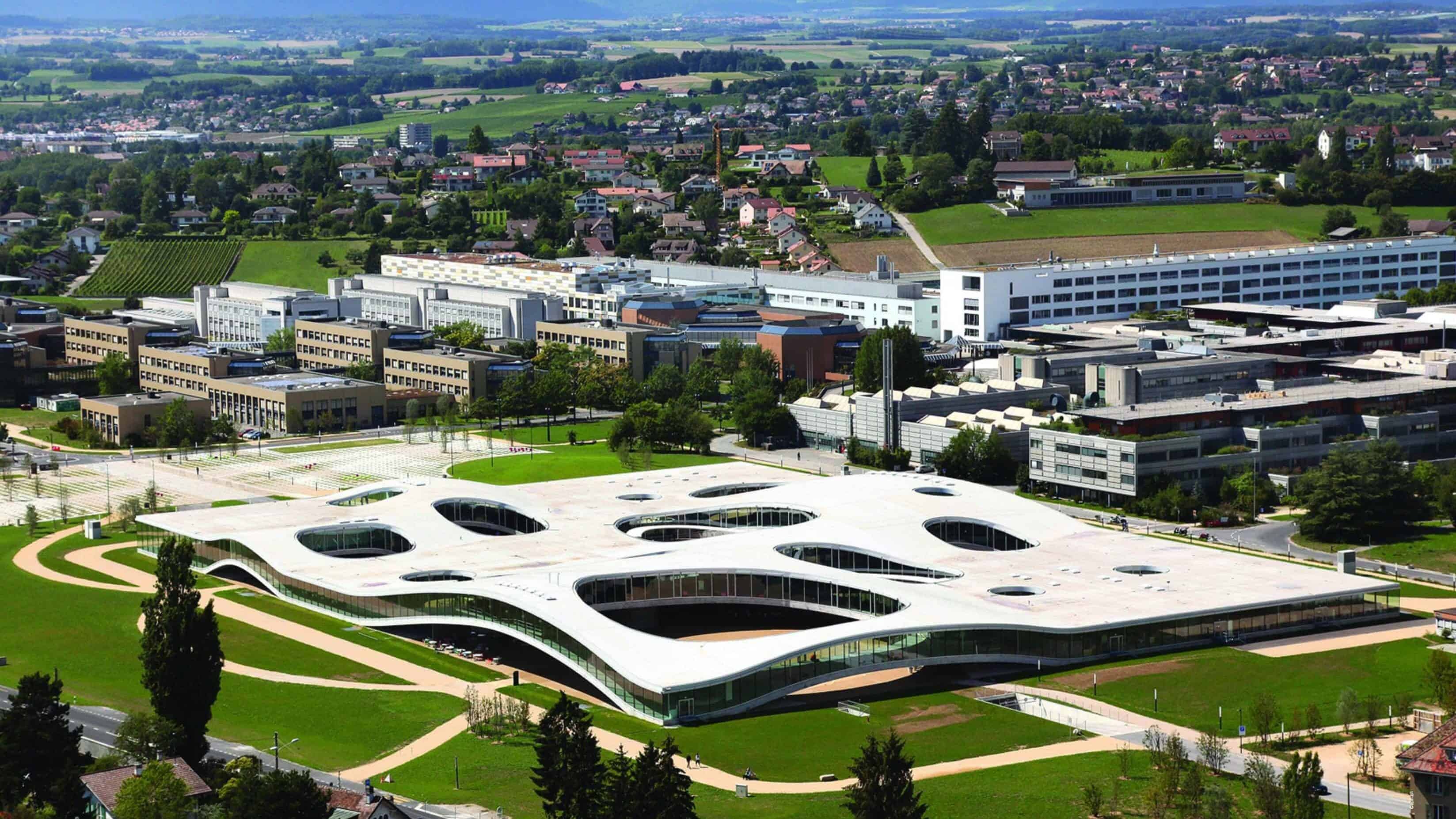In 2014 Grégoire Courtine founded the startup Onward to improve the lives of people bound to a wheelchair. The impact of this technology based on neurostimulation seems unreal, almost magical, but will be felt soon.
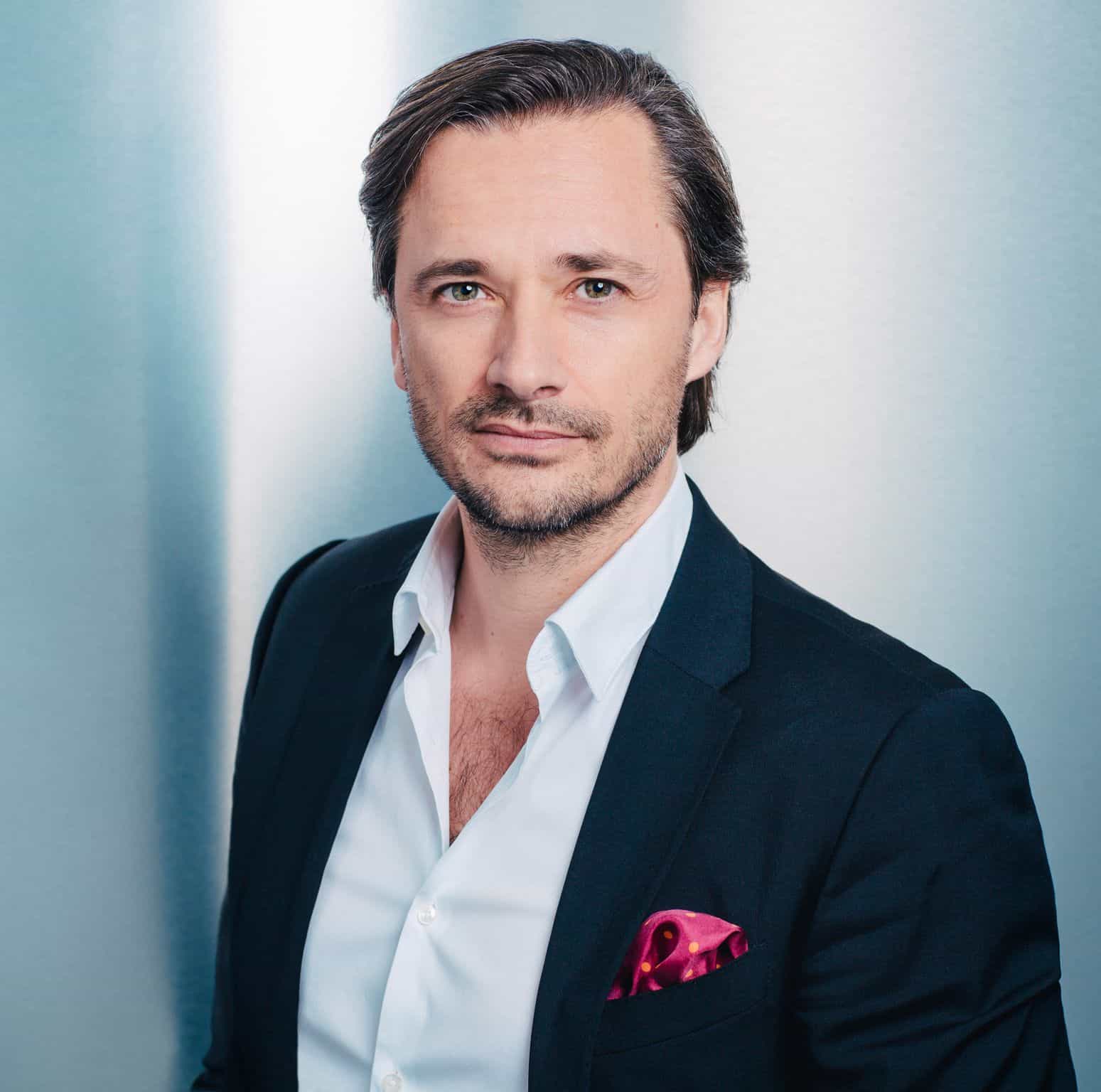
Courtine Lab, EPFL
Dr. Grégoire Courtine is a world-famous neuroscientist and Professor at EPFL. His TED talks have hundreds of thousands of views, and he received several awards such as the International Foundation for Research in Paraplegia Schellenberg Research prize, the A F Harvey Engineering Research Prize and the Rolex Award. He has published numerous and widely discussed articles on new approaches for restoring function after spinal cord injury.
Onward is developing therapies that use electrical stimulation of the nerves for people with spinal cord injury. Giving people in a wheelchair hope is a good thing, but what are the claims that you can make without overpromising?
As of today, there is no regenerative treatment available. An injury of the spinal cord means that a lot of important circuits are disconnected, not only those that control movement, but also those that control the bowels, the bladder, and blood pressure. What we are working on, basically, is the precise reactivation of these circuits that will aid the recovery of these patients and improve their lives. We’re at the point where we can target a specific problem, say, blood pressure regulation, quite precisely. We’re not saying that after a grave accident you’ll be able to just walk out of a hospital. But we’re able to improve the motor functions as well, and one of the most fascinating aspects is that after a period of neurorehabilitation, they improve even when our system is turned off.
Arthur Clarke said that any sufficiently advanced technology is indistinguishable from magic. An investor told us that he got goosebumps when he watched a video of Onward. Why does seeing someone standing up from a wheelchair and making a few steps affect humans so profoundly?
When we published our findings on regeneration in Nature years ago, journalists initially weren’t very interested in them. Even the progress that neurostimulation enables in bringing back precise movements of the hands, which is quite remarkable per se, and a huge improvement of the quality of life, doesn’t elicit that strong a response. But the idea that paralyzed people can and will not ever recover seems to be very strongly anchored in our collective consciousness. I remember a charity event with several hundred people in the audience, where David Mzee, the first person implanted with our device, was hidden behind the stage during our presentation. At the end of the talk, he appeared, dressed in a tuxedo suit, and walked slowly but with ease across the stage to join me and neurosurgeon Jocelyne Bloch on stage. People rose from their chairs and started cheering and crying. Witnessing that this is possible, grasping that it’s real, not some theory, has a very strong emotional effect.
“One of the patients has described the sensation as navigating on a river by steering a boat.”
You’re an accomplished scientist and have received numerous awards for your research. What is the significance of Onward, a business, for you?
There are several aspects to it. First of all, the goal of my research was always to deliver support to people, and not some purely academic exercise. Second, the company is the vehicle that allows us to raise the considerable capital that is needed to do clinical trials. And third, Onward is the growing team that will work on refining and further advancing the technology, and develop novel treatments.
What is your role as Onward’s Chief Scientific Officer in this?
I make sure that our technology leverages to a maximal extent the understanding that we have of neurological stimulation. And I push the science further. We have exciting data from working with other pathologies such as Parkinson’s disease.
At the moment, there are 9 persons that have been implanted with an Onward neurostimulation approach. How long will it take for thousands of people to have access to it?
We’ve already passed the key milestones. In 2022, we’ll start pivotal clinical trials and once they’re finished, there is no more barrier to making the technology widely available. We’ve received the Breakthrough Therapy designation in the US, which means that the costs of the treatment will be immediately covered by Medicare.
Before the implantable device, Onward plans to launch an external device. Why?
This external device is focused on the mobility of the upper limb. It will allow us to bring our first product to the market more rapidly and we’ll be able to show patients and physicians that our concept is effective. This will help prepare the launch of the implantable device, which, of course, will have more impact.
But it is also quite complex to implant several silicon membranes in the spinal cord. Can this ever become a routine procedure?
The surgical gesture of placing the paddles isn’t complex at all. The art lies in placing them at exactly the right place. We’re developing the computational toolbox that allows a very precise and personalized positioning by surgeons to achieve the best stimulating effect.
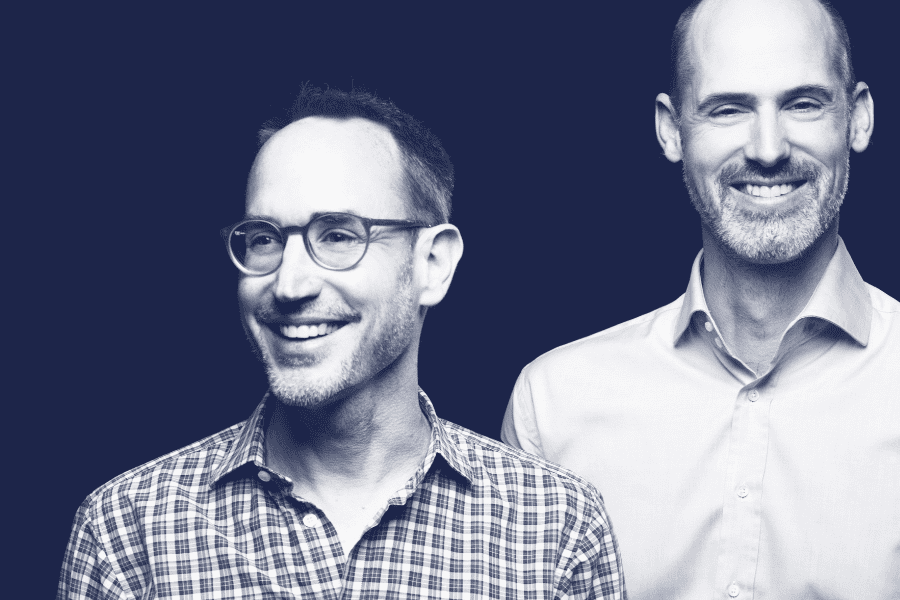
Invest in Startups
As one of Europe’s most active venture capital investors, we grant qualified private investors access to top-tier European startups. With investments starting at EUR/CHF 10’000, you can build your own tailored portfolio over time and diversify across stages and sectors.
It was the Italian physician Galvani who discovered 240 years ago that muscles twitch when an electric current is applied. Onward’s stimulation technology, however, doesn’t cause a movement, it enables the patient to control the movement. How is that possible, if someone can’t feel their legs?
We don’t stimulate the muscles; we stimulate the neuromuscular pathways between the spinal cord and the muscles. And the patients can effectively guide this stimulation. One of them has described the sensation as navigating on a river by steering a boat.
A fascinating effect of Onward’s technology has been that after a while the patients have shown improved motor skills even without active stimulation. How do you explain this?
It’s important to understand that the neurological improvement without neurostimulation works only when the lesion of the spinal cord is clinically incomplete. And the less severe the damage to the spinal cord is, the better. What we target are the nerve fibers that are anatomically intact, but functionally silent. We understand that neurostimulation induces the growth of these nerve fibers and that specific neurons in the stimulated spinal cord receive these inputs and rearrange their connectivity. Together, this complex rewiring augments the signal that passes through the injured spinal cord, and enhance the intrinsic ability of the spinal cord to produce movement. There is still a lot of work to do when it comes to the regeneration of nerves, and there are plenty of novel approaches, using growth factors and supporting cells, for example. Advances in this field will work very well with our therapeutic approach, and maybe, one day we can even work with completely severed spinal cords if we can intervene early.
You have talked about how the major motivation for your dedication to this field was the late actor Christopher Reeve. He played Superman and later became paralyzed after an accident. You knew him because early in your career, you were a research associate for the Christopher and Dana Reeve Foundation. What kind of person was Superman?
He simply would not accept that there was no treatment and urged the scientific community to find a cure. He was urging scientists to become more pragmatic in their thinking, more aggressive even. This has a profound effect on me. I was a fan of Superman, I played with a Superman action figure when I was a kid. And then during my time at UCLA, he was coming frequently to participate in locomotor rehabilitation training. It’s sad that he can’t see how far we’ve come, but through the Christopher & Dana Reeve Foundation, with which we have close ties, his legacy will endure.
Written by
WITH US, YOU CANCO-INVEST IN DEEP TECH STARTUPS

Verve's investor network
With annual investments of EUR 60-70 mio, we belong to the top 10% most active startup investors in Europe. We therefore get you into competitive financing rounds alongside other world-class venture capital funds.
We empower you to build your individual portfolio.
More News
22.03.2021
Christophe Moser,
an entrepreneur turned
Professor
An accomplished entrepreneur himself, Christophe Moser is now busy teaching science and engineering at EPFL and helps the next generation of startups such as EarlySight to get off the ground.
16.09.2019
“Startups in Switzerland have great potential”
EPFL is not only one of the best universities in the world, but also a place where promising high-tech startups are created. Verve Ventures has backed a lot of them. We visited Prof. Martin Vetterli, the president of EPFL, in Lausanne and talked about science, technology, and entrepreneurship.
07.05.2019
“Things that work aren’t interesting“
Prof. Philippe Renaud from EPFL has been labeled a “serial startup producer” but says focusing on spin-offs is bad. In our interview, he gives us a glimpse of his independent thinking.
Startups,Innovation andVenture Capital
Sign up to receive our weekly newsletter and learn about investing in technologies that are changing the world.


